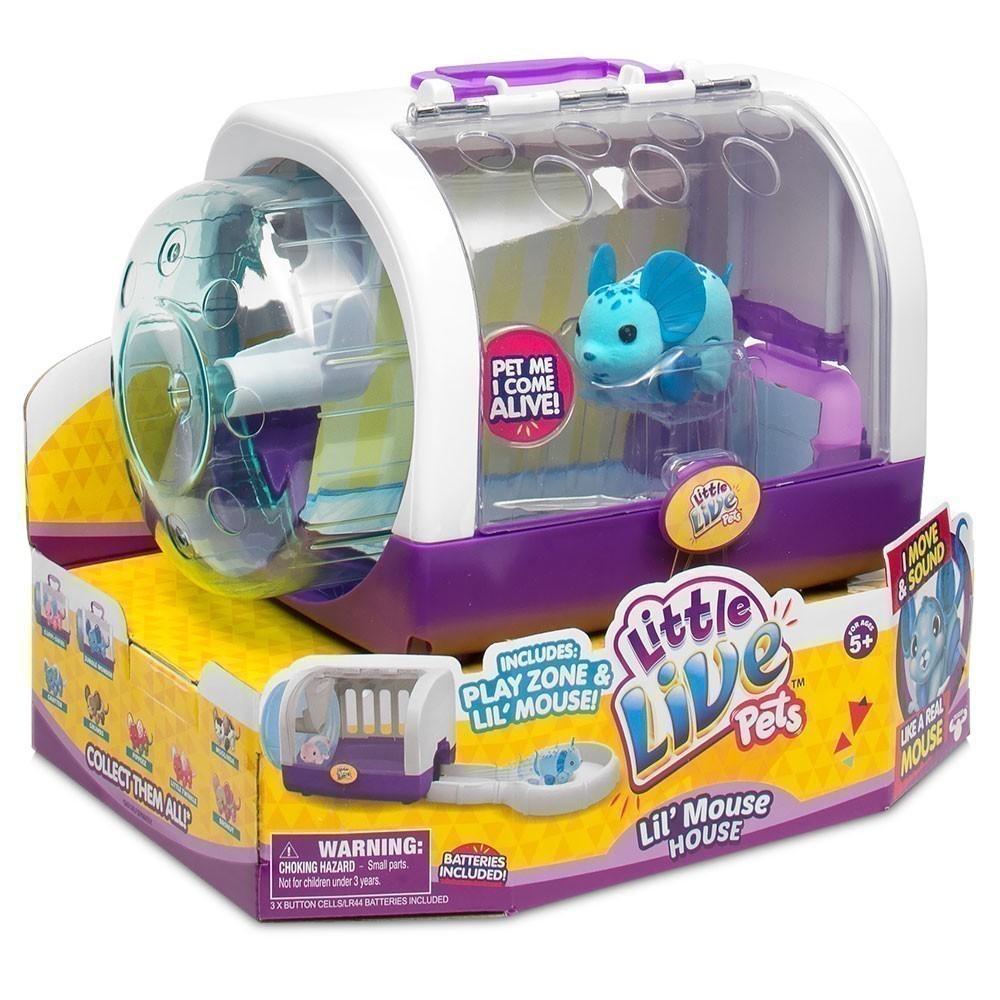

Range age at sexual or reproductive maturity (male) 5.0 to 7.0 weeks.Range age at sexual or reproductive maturity (female) 5.0 to 7.0 weeks.Range gestation period 21.0 (high) days.gonochoric/gonochoristic/dioecious (sexes separate).In the wild, most mice do not live beyond 12-18 months. Average life span is about 2 years in captivity, but individuals have lived for as long as 6 years. They are fully furred after 10 days, open their eyes at 14 days, are weaned at 3 weeks, and reach sexual maturity at 5-7 weeks. Litters consist of 3-12 (generally 5 or 6) offspring, which are born naked and blind. Gestation is 19-21 days but may be extended by several days if the female is lactating. Females generally have 5-10 litters per year if conditions are suitable, but as many as 14 have been reported. Females experience a postpartum estrus 12-18 hours after giving birth. The estrous cycle is 4-6 days long, with estrus lasting less than a day. Breeding occurs throughout the year, although wild mice may have a reproductive season extending only from April to September. Mus musculus is characterized by tremendous reproductive potential.

The recent discovery of ultrasonic songs produced by male mice, when exposed to female sex pheromones, suggests that this behavior may be involved in mate choice. House mice have a polygynous mating system. Average basal metabolic rate 0.271 W AnAge.Many domestic forms of mice have been developed that vary in color from white to black and with spots. House mice tend to have longer tails and darker fur when living closely with humans. They have long tails that have very little fur and have circular rows of scales (annulations). Their fur ranges in color from light brown to black, and they generally have white or buffy bellys. House mice are from 65 to 95 mm long from the tip of their nose to the end of their body, their tails are 60 to 105 mm long. Because of their association with humans, house mice have been able inhabit inhospitable areas (such as tundra and desert) which they would not be able to occupy independently. Some individuals spend the summer in fields and move into barns and houses with the onset of cool autumn weather. They also occupy cultivated fields, fencerows, and even wooded areas, but they seldom stray far from buildings. House mice generally live in close association with humans- in houses, barns, granaries, etc. Mus musculus may have originally been distributed from the Mediterranean region to China, but it has now been spread throughout the world by humans and lives as a human commensal.


 0 kommentar(er)
0 kommentar(er)
